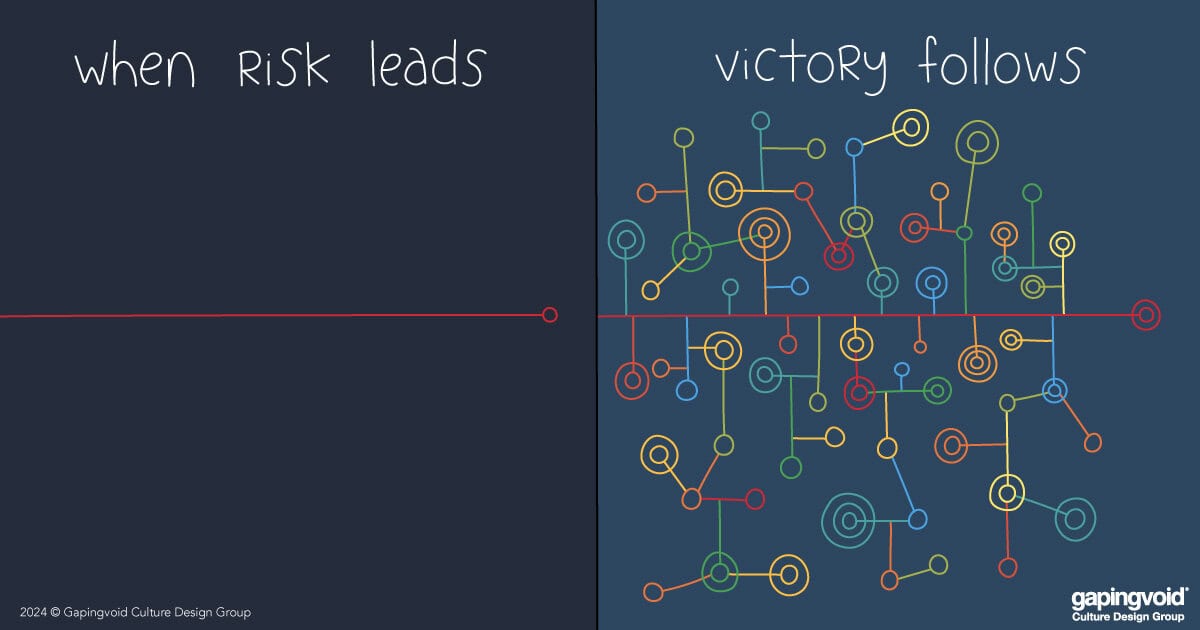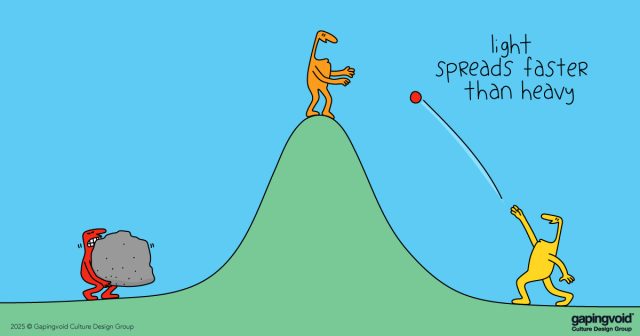
Innovation is an infinite game, and the second an organization stops playing that game is the second it begins to cede the lead. As Jeff Bezos said, “What’s dangerous is not to evolve.”
One of the big pillars of Amazon’s astronomical success has been the firm’s willingness to take lots of tiny bets, accept the ones that go wrong, and iteratively double down on the winners.
Jonno Southam, Senior Business Development Manager at Amazon Web Services (Amazon’s most profitable division), said to describe the Amazon culture of experimentation and ongoing evolution: “We’re willing to go down a bunch of dark alleys and occasionally we find something that really works.” It’s not just Amazon, most successful tech companies (Meta, Google, Space X) play “throw spaghetti at the wall and see what sticks.” It’s the bedrock of all truly innovative organizations, and that extends beyond industry.
Recently, the United States Air Force launched the NIPRGPT platform which aims “to provide Airmen, Guardians, civilian employees and contractors the ability to responsibly experiment with generative AI, with adequate safeguards in place.” DAF Acting Chief Data and Artificial Intelligence Officer (CDAO), Chandra Donelson, said “We are not committing to any single model or technology or vendor… It is too early in the process. However, we are leveraging this effort to inform future policy, acquisition and investment decisions.”
This is exactly what a well-orchestrated innovation movement looks like in its initial stages. Open to change. Excited about change. And willing to pursue change in an iterative, gradual, and agile yet cautious way. (I.e., by way of incremental experimentation).
When it comes to the defense applications of AI, there’s been a lot of hesitation. A lot of resistance to change. A lot of FUD i.e. “Fear, uncertainty and doubt”. And that’s always a bit of a red flag. As Kenneth Clark said in 1969, the 3 big reasons for the decline of a civilization are: lack of confidence, lack of trust, and the fear of something going wrong. As Franklin Delano Roosevelt famously said in his first inaugural address, “the only thing we have to fear is fear itself.” And as Alexander the Great quipped, “I am not afraid of an army of lions led by a sheep; I am afraid of an army of sheep led by a lion.”
Playing the game of life in a risk-averse way is a natural outcome of our cognitive wiring. As studies on loss aversion show, we fear a loss more than we hope for an equivalent gain – sometimes twice as much. And it’s on us to overcome our own risk-averse wiring. Because, as studies show, what we expect is what we see, which means fear is self-perpetuating. (E.g., fear makes us expect bad things; then we see only bad things; then we get more afraid – and paralyzed). It’s no surprise, then, that just as the Soviets funded the no-nuke movement of the 70s, many think that China is backing the “fear AI” movement of 2024.
At a time like this, it’s worth remembering two things:
The way to beat the hesitation and doubt is one little experiment at a time.
And perhaps more importantly:
Every world-changing innovation was once an uncertain experiment.



